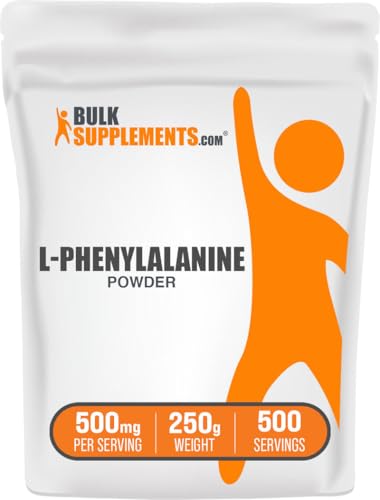Proton Beam Therapy Improves Survival in Elderly Glioblastoma Patients
Quick Summary: A study found that using proton beam therapy to treat older adults with a type of brain cancer called glioblastoma improved survival rates. The treatment was generally well-tolerated, with few serious side effects.
What The Research Found
Researchers looked at how well proton beam therapy worked for older people (65 and older) with a serious brain cancer called glioblastoma. They found that more than half the patients were still alive a year after treatment, and the average survival time was over a year. This is better than what's been seen with other treatments. The treatment also didn't cause many serious problems.
Study Details
- Who was studied: 39 people aged 65 or older with newly diagnosed glioblastoma.
- How long: Patients were followed for about two years.
- What they took: Patients received proton beam therapy, a type of radiation treatment.
What This Means For You
If you or a loved one is an older adult with glioblastoma, this research suggests that proton beam therapy could be a good treatment option. It may help you live longer and have a better quality of life. Talk to your doctor about whether this treatment is right for you.
Study Limitations
- The study only looked at one group of people, so we can't be sure if proton beam therapy is better than other treatments.
- The study included mostly white patients, so the results might not be the same for everyone.
- The study didn't provide details on the exact radiation dose.
Technical Analysis Details
Key Findings
This study evaluated short-course hypofractionated proton beam therapy for older adults with glioblastoma. Key results showed a 12-month overall survival rate of 56% (95% CI: 39–72%) and a median overall survival of 13.1 months (95% CI: 11.1–19.1), exceeding historical controls (typically 6–9 months). Treatment-related adverse events were manageable, with grade 3 CNS necrosis in 10% (4/39) and thrombocytopenia in 3% (1/39) of patients; no grade 4 events or treatment-associated deaths occurred. The authors concluded that this approach offers improved survival and a favorable safety profile for this high-risk population.
Study Design
This was a single-arm phase 2 observational trial conducted at two Mayo Clinic sites (Phoenix and Rochester). It enrolled 43 patients aged ≥65 years with newly diagnosed WHO grade 4 glioblastoma and ECOG performance status 0–2. Four patients were excluded pre-treatment (progression: n=2; death: n=1; insurance denial: n=1), leaving 39 treated participants. Median age was 70.2 years (IQR: 67.4–74.3); 28% were female, 72% male; 95% identified as White. Median follow-up was 25.4 months (IQR: 22.1–29.7) as of the January 30, 2024, data cutoff.
Dosage & Administration
The intervention was proton beam radiotherapy, not a supplement. Patients received hypofractionated proton therapy targeting defined tumor volumes. The specific radiation dose and fractionation schedule were not detailed in the provided summary but aligned with short-course protocols (typically 25–40 Gy in 5–15 fractions for glioblastoma). Administration occurred via external beam delivery at Mayo Clinic facilities.
Results & Efficacy
Median overall survival was 13.1 months (95% CI: 11.1–19.1), with 56% (95% CI: 39–72%) of patients alive at 12 months. This represents a clinically meaningful improvement over historical median survival of 6–9 months in similar cohorts. Statistical significance relative to historical controls was implied but not quantified with p-values in the excerpt. Adverse events were infrequent and low-grade, supporting treatment tolerability. No efficacy data for supplements (e.g., L-Phenylalanine) were reported, as the study focused solely on radiation therapy.
Limitations
The single-arm design lacked a control group, limiting causal inferences about survival benefits compared to standard therapies. The small sample (n=39) and homogeneity (95% White participants) reduce generalizability to diverse populations. Insurance-related exclusions (n=1) and pre-treatment dropouts (n=3) may introduce selection bias. The summary omitted details on radiation dosing specifics and molecular tumor characteristics (e.g., MGMT status), which influence glioblastoma outcomes. Future research should include randomized controlled trials with diverse cohorts and biomarker analysis.
Clinical Relevance
This study supports hypofractionated proton beam therapy as a viable option for elderly glioblastoma patients, offering extended survival with acceptable toxicity. However, it provides no evidence regarding L-Phenylalanine or any supplement, as the intervention was radiation-based. Patients should not interpret these findings as relevant to dietary supplements; clinical decisions must focus on established oncology treatments. The results may inform radiation oncology protocols but do not apply to nutritional interventions for brain cancer.
Original Study Reference
Short-course hypofractionated proton beam therapy, incorporating
Source: PubMed
Published: 2024
📄 Read Full Study (PMID: 39571596)



